If you’re full of wanderlust, but want to give back while traveling, these 50+ ideas will get you started!
How to Give Back While Traveling – 50 Ideas to Get You Started
Whenever I see something sad on the news or read stories of people whose lives are so much more difficult than my own, I’m overcome with a huge sense of guilt. Guilt for my privilege, my wealth, and for all the opportunities that I’ve had in my life. I may be a middle-class budget traveler, but I know that I am rich in money and experiences compared to most of the world.
When you read statistics like “22,000 children die each day due to poverty”, it can give you a real reality check about your own life. I was distraught last week because my dishwasher broke! The term “first world problems” is a big joke, but it’s true! Sometimes we don’t know how good we really have it until we think about the people who hardly have anything.
I’ve really been struggling with this guilt lately and trying to reconcile my guilt as well as satisfy my wanderlust. The two don’t seem to go hand in hand sometimes. But we are starting to see, more and more, families and individuals traveling with a purpose! Not only traveling to see the world and enrich their own lives but also to enrich the lives of others. I wanted to find some ways that other people give back while traveling. So I asked fellow travelers what they have been doing to give back. The results were amazing!
I hope these ideas about volunteerism, sustainable travel, and ways to give back while traveling will be a good resource during your travels and help give you some ideas of your own. If you’ve volunteered while traveling or if you’ve done something to give back in some way, please comment with your story and I will be happy to add it!
Here's a Short Cut
- How to Give Back While Traveling – 50 Ideas to Get You Started
1. Donate Supplies
There are so many goods that are easily accessible in the USA and other wealthier countries that we take for granted! Being able to buy a box of 100 pencils, for example, would be pretty easy for anyone who is willing to spend thousands of dollars on an overseas trip. But inexpensive items like this may be unavailable to too expensive for some people in other countries. Consider bringing goods with you or purchasing them at your destination to donate to organizations. Here are some ways to do that:
Pack for a Purpose
One easy way to give back to communities that you’re traveling to is to bring things to them that might not be readily available in their country or that many may not be able to afford. Pack for a Purpose is a great program that allows you to select a destination and view what they are in need of.
For example, if you are traveling to Morocco, you can check their map and see that the Hajrat Nhal Primary School is in need of general school supplies like glue sticks, markers, and calculators.
You can even fill out a form that will curate specific packing lists for your trips. There will also be a map and directions that will help you find the drop off location for your supplies.
They also have a list of businesses who are supporting organizations. Many hotels and tours participate in this program. For example, if you stay at Madikwe Safari Lodge in South Africa, you can bring your supplies directly to them who support Obakeng Creche (school) and The Motshabaesi Primary School, and the lodge will bring your donations to the schools.
As you can see, it’s a really simple way to give back to the local communities you will be visiting in your travels. And now you’ll have more room for souvenirs purchased from those local communities in your luggage!
Donating school supplies to local school children
Give clothes at a children’s’ home
2. Help to Build Communities
If you’re interested in a pretty dedicated trip of volunteerism, consider applying for Habitat for Humanity’s Global Village program, which organizes trips to over 30 countries around the world to build houses, schools, or support local communities, including orphans, women, children, and refugees.
There are different types of trips in many different locations. You can see a list of available Global Village trips here.
Volunteering with Habitat for Humanity gives you the opportunity to work beside, live beside, and learn from local communities. You will be able to experience each country like a local, and be able to give back in a big way. The cost of these trips is usually around $1900 per person and covers all your expenses besides the flight to your destination. This expense is considered a donation and is tax deductible. You can learn more about where your donations go here.
The trips are generally between seven and twelve days. If you have time, it would be great to volunteer, then spend a few more days in or around the destination.
3. Donate Your Time
Give Just One Day of Your Trip
If you are short on time, you can connect with Give a Day Global, a startup nonprofit that connects travelers with one-day volunteer opportunities all around the world. They have opportunities in South America, Central America, Asia, the Caribbean, Europe, North America, and Africa. You can connect with Give a Day Global here.
Volunteering: Just A Few Hours To Make a Huge Difference
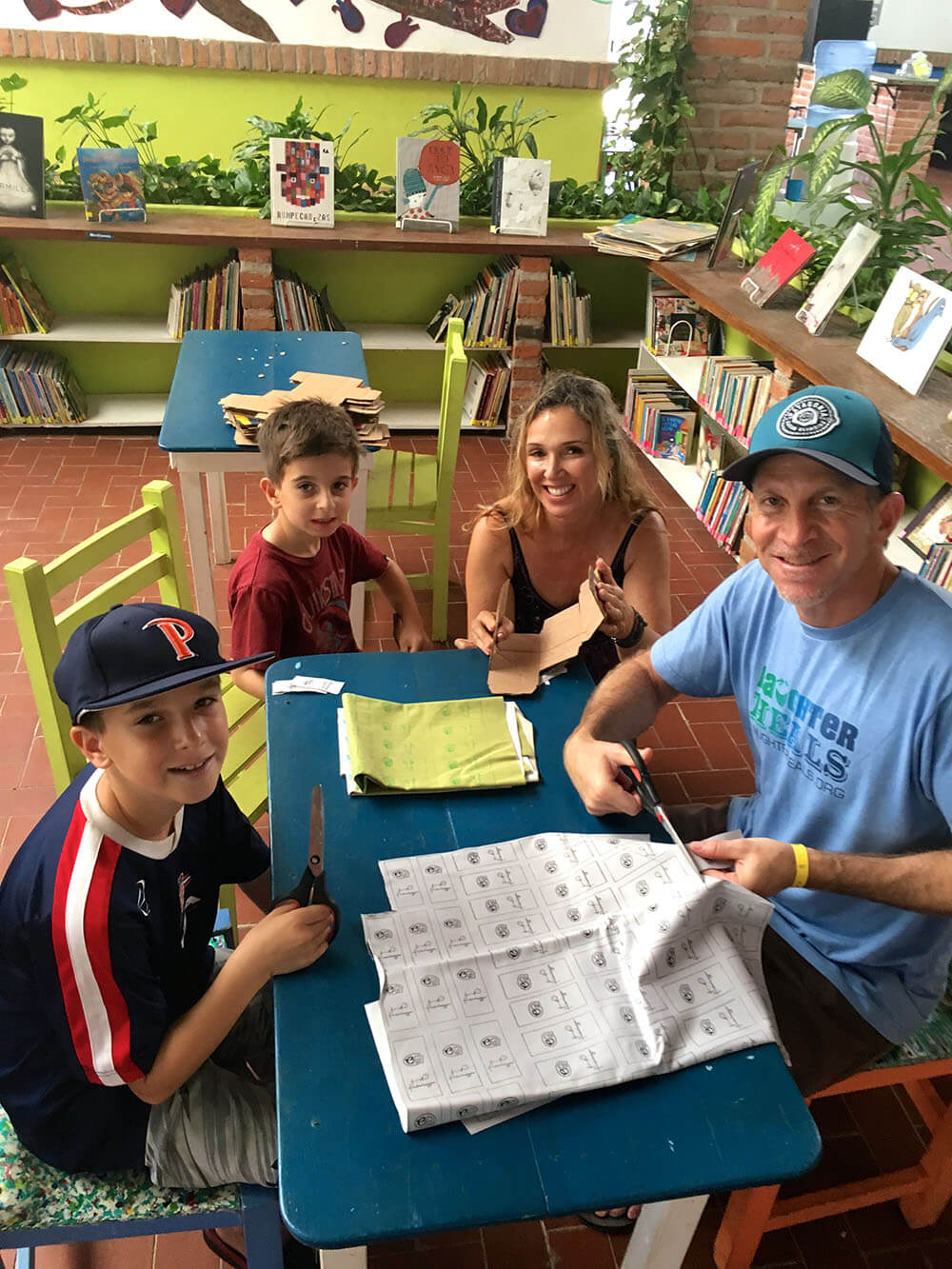
From L.A. Family Travelers
Work in schools in Kenya’s biggest slums
From Trip Crafting
Volunteering While Abroad
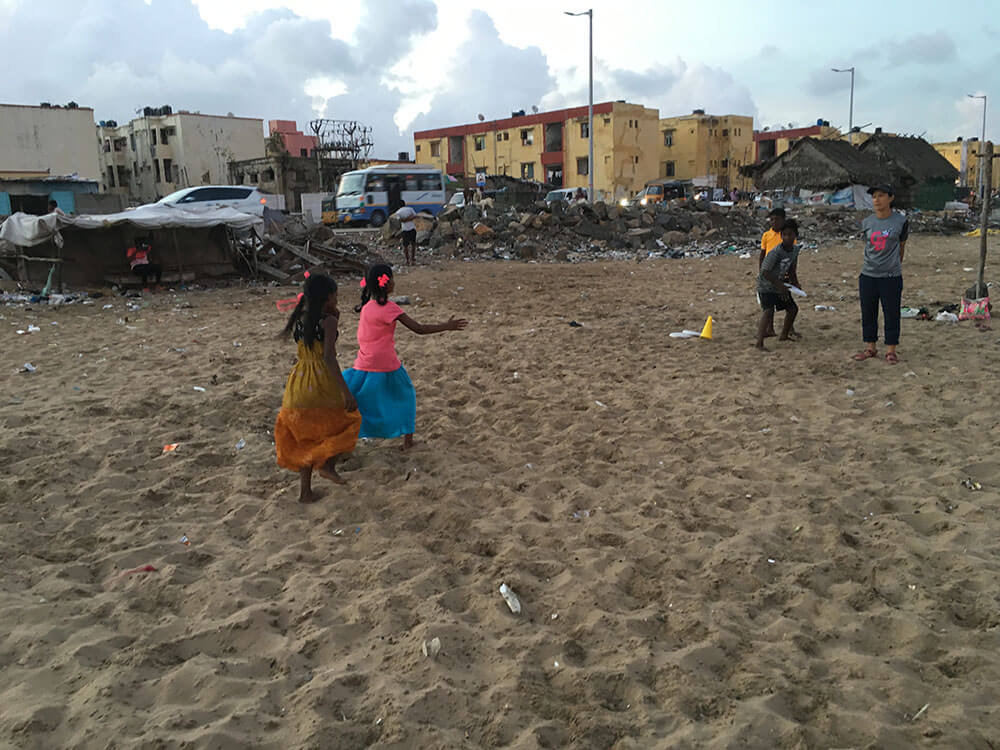
From Bold Destinations
4. Give a Microloan
If you can’t donate any of your time and are limited on funds, but want to help out a local person in an easy way, consider Microloans. There are many organizations that organize these, but we like to use Kiva, who offer microloans in over 80 countries. Microloans are not a donation, they are a loan, so you will actually get your money back. It’s just about the easiest way to help someone out.
These microloans go toward helping women start businesses, children and young adults gain an education, agriculture, livestock, and more! There are so many great ways that you can help!
5. Help Locals and Communities
There are so many ways to help local communities in the locations that you travel to. Whether it’s donating to local charities or buying homemade goods or food from the residents, your dollars are going directly into their economy. Here are some ways that you can help:
Purchase local art instead of cheap souvenirs
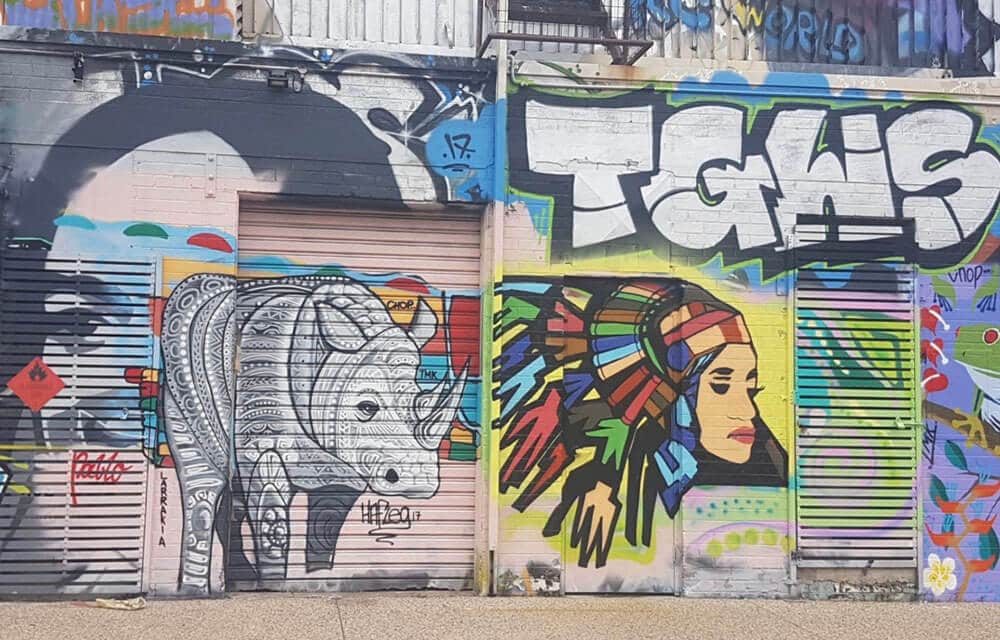
Giving An Act of Kindness
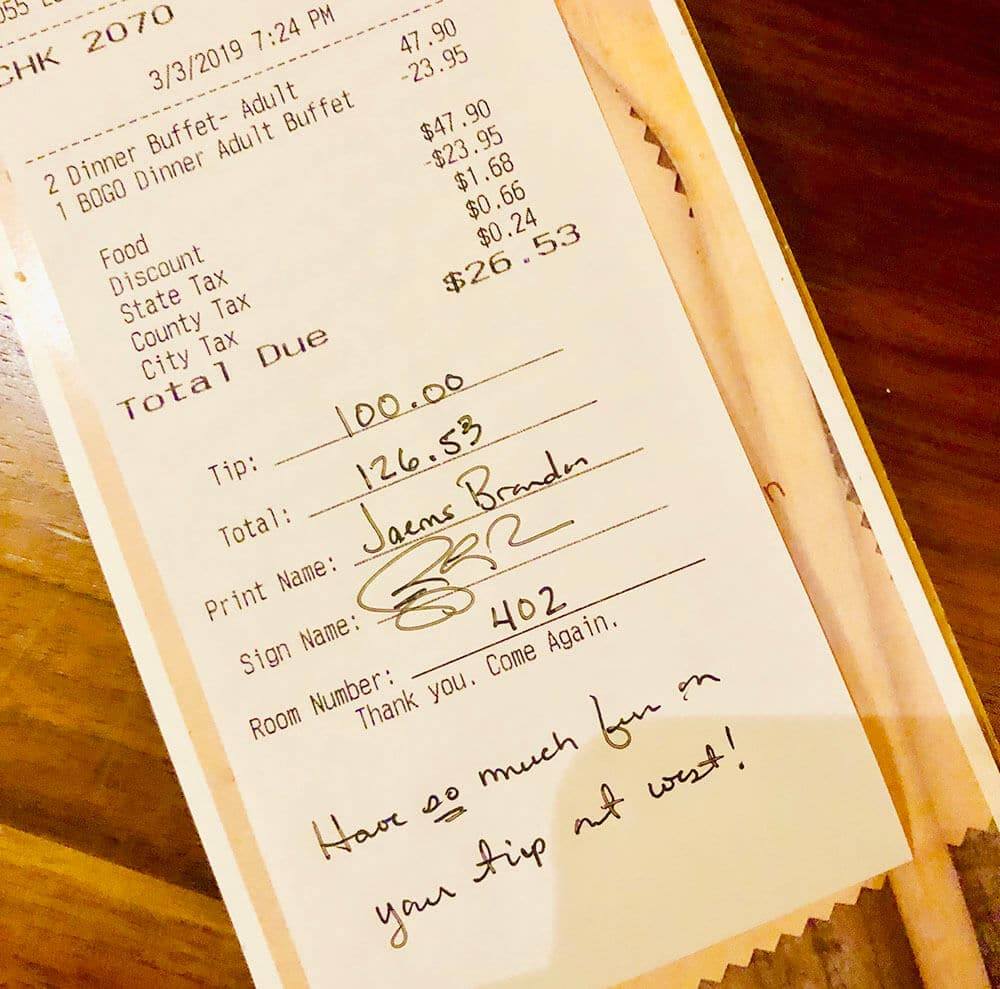
From Time Zone Travelers
Engage with Local Communities
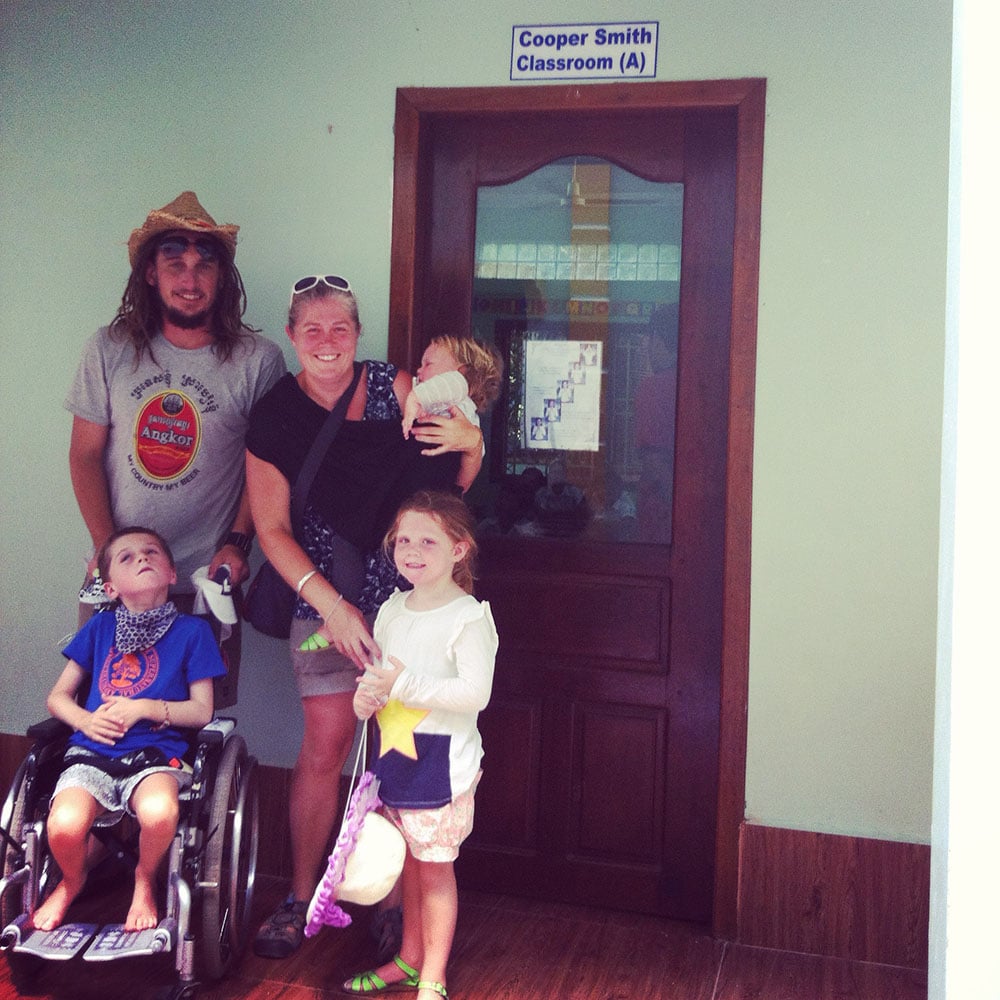
You can learn more about New Hope, Cambodia here.
From Cooper (age 14) at Smiths Holiday Road
Connect with a local and help them succeed
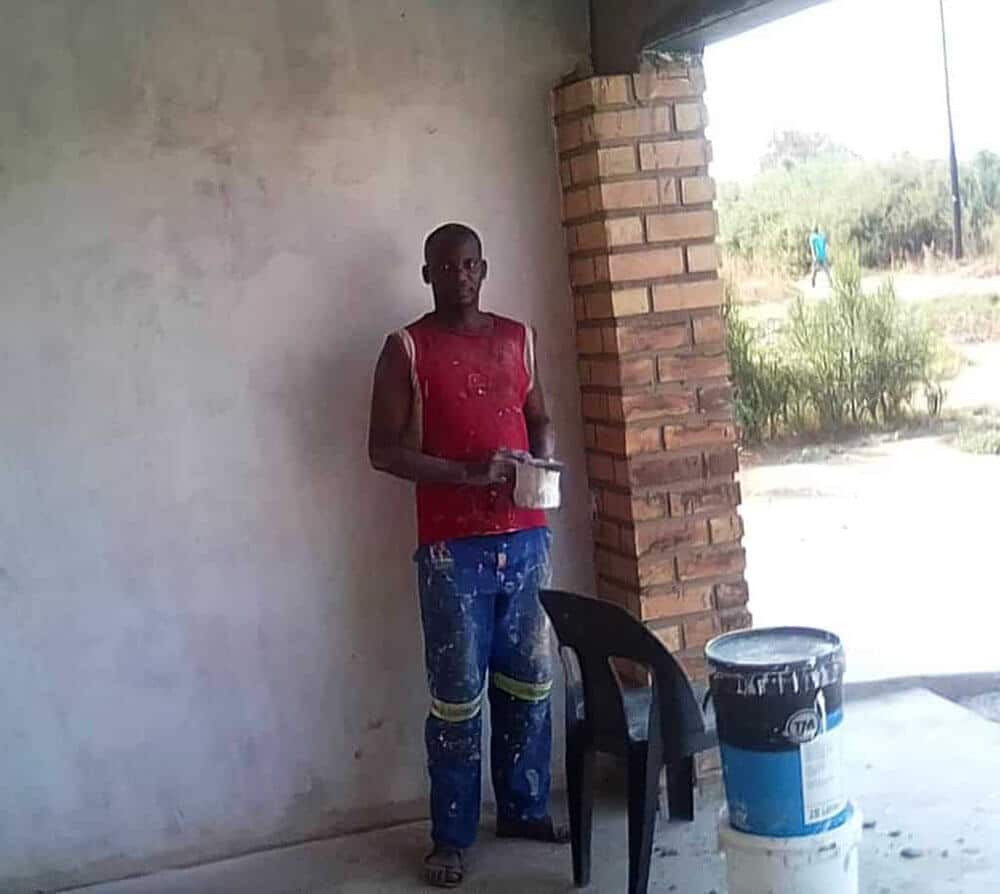
From Story at Every Corner
Shop At Neighborhood Mom And Pops To Experience The Local Community
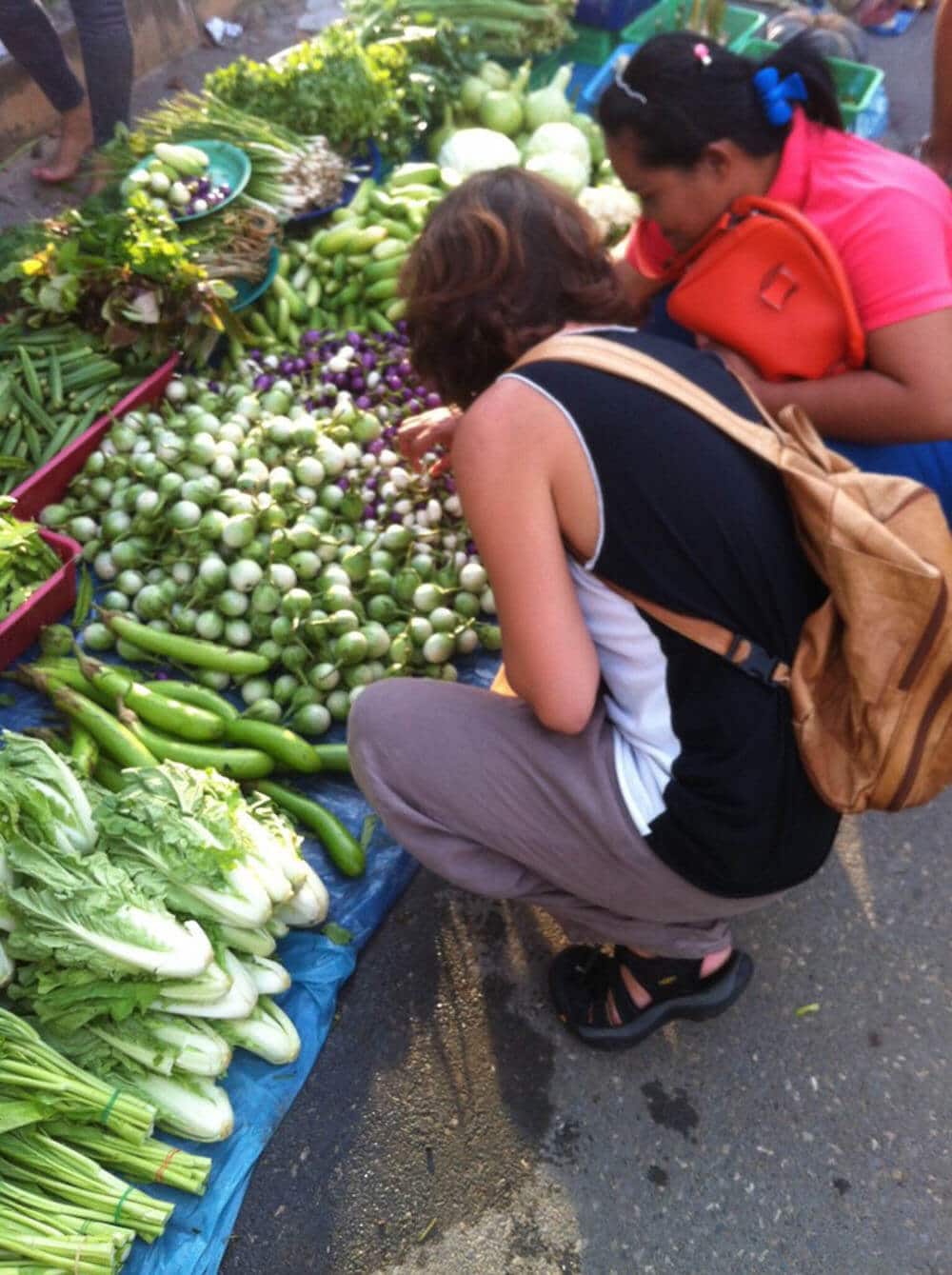
From Blissy Life
Spread the Wealth When Shopping
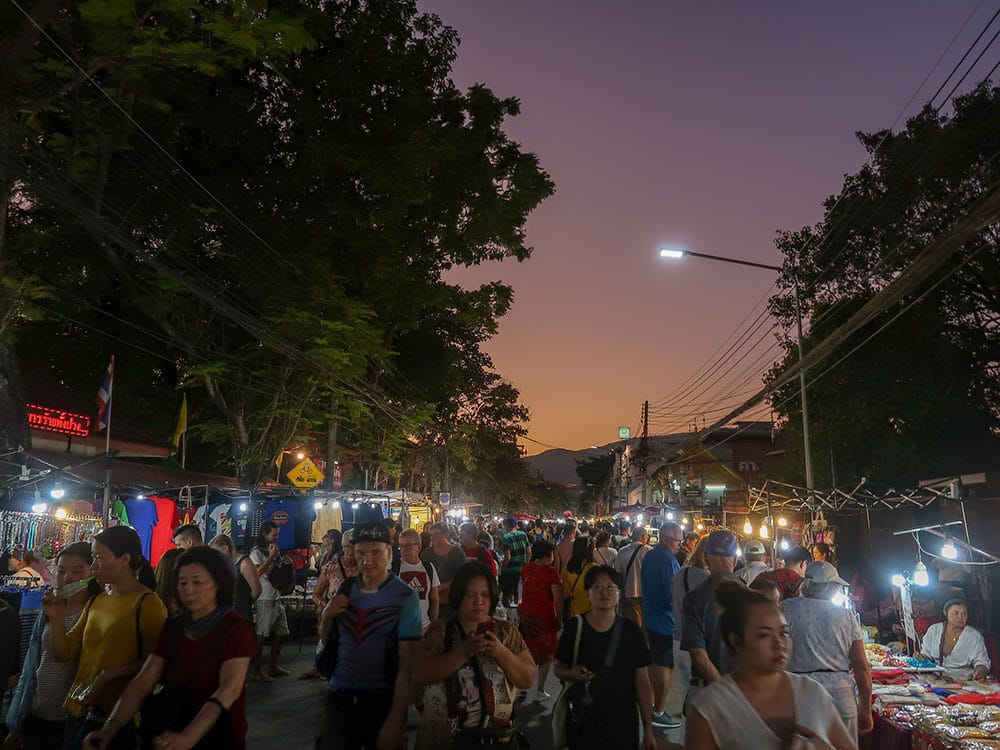
From The Wandering Quinn
Supporting only genuine local communities
“We try to support local communities wherever we travel, whenever we can. While we try to buy local, we are very conscious of doing things that could be inadvertently damaging to local society. It’s really simple things but, for example, buying souvenirs from kids when you think you’re helping them can actually be keeping them out of school. You may well have been manipulated by an organised crime ring that is using these kids because they bring in more money than adults. Or visiting orphanages to donate clothes and money which seems like a nice gesture but is actually encouraging human trafficking because the organisations take the kids away from their families with promises of food, shelter and a good education only to use them to con well-intentioned tourists into donating to them.
“Another example is the elephant orphanages that are in the press so much. Just because they are called an orphanage or a sanctuary, it doesn’t necessarily mean that they are treating the animals well.”
“On an environmental level, keeping Maya Beach on Koh Phi Phi was kept open to keep tourists coming in and so local businesses didn’t lose money. It backfired completely and now the whole beach is closed. We were horrified with how many people were there when we went. That’s not to say that everyone is out to con you but if you’re really passionate about giving back to the local community then a little research goes a long way.”
From Wanderlust and Wet Wipes
6. Use Local Guides and Tours
There are so many big tour companies making money off tourists, but if you want a true local experience that will also give back to the community, consider using local guides and tour companies at your destination. Here are some ideas:
Travel with a responsible company
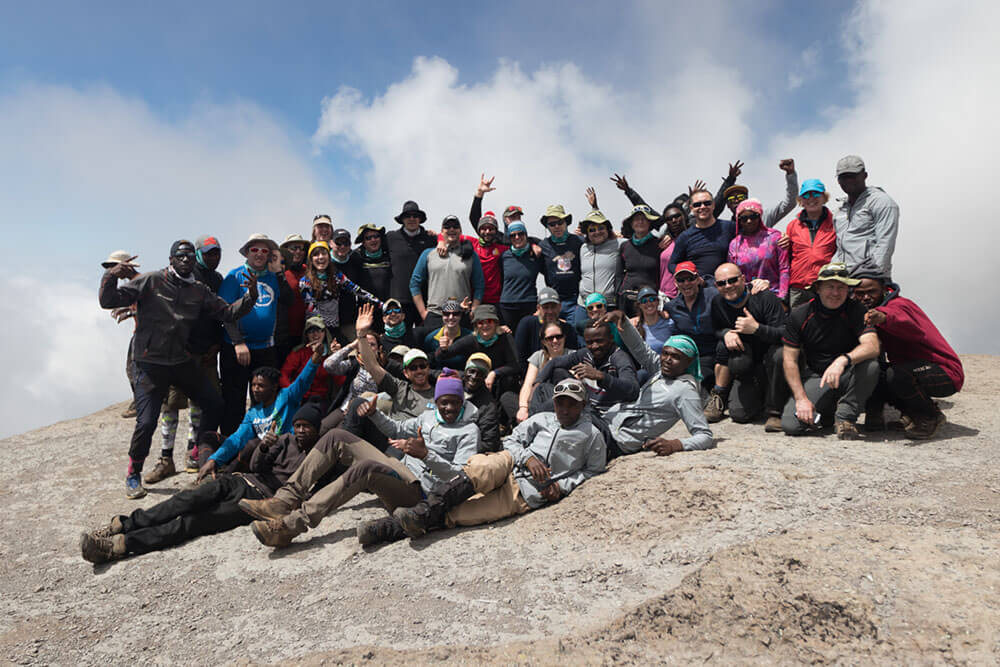
Learning from indigenous people and respecting local culture
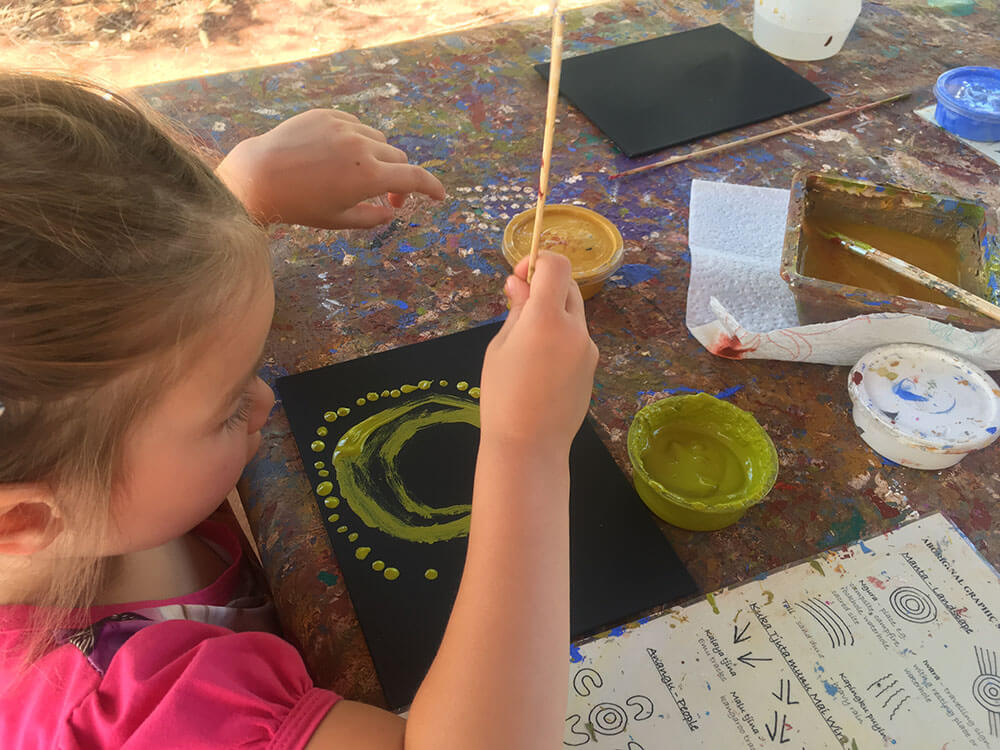
From Small Footprints, Big Adventures
Choose Ethical Tour Operators
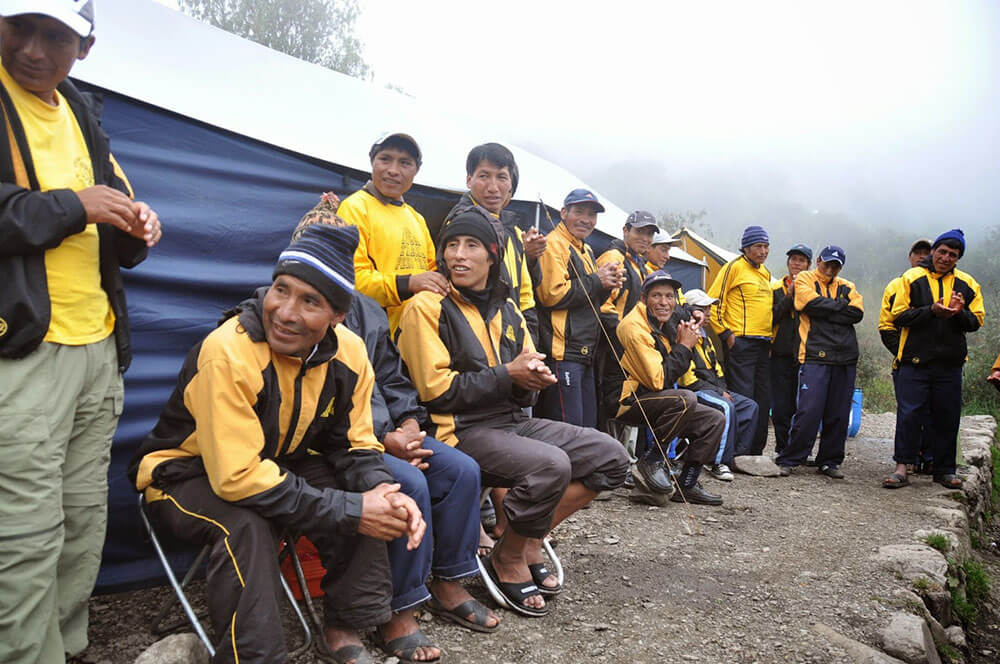
From Two Wandering Soles
Taking classes with local artisans, home cooks, and teachers
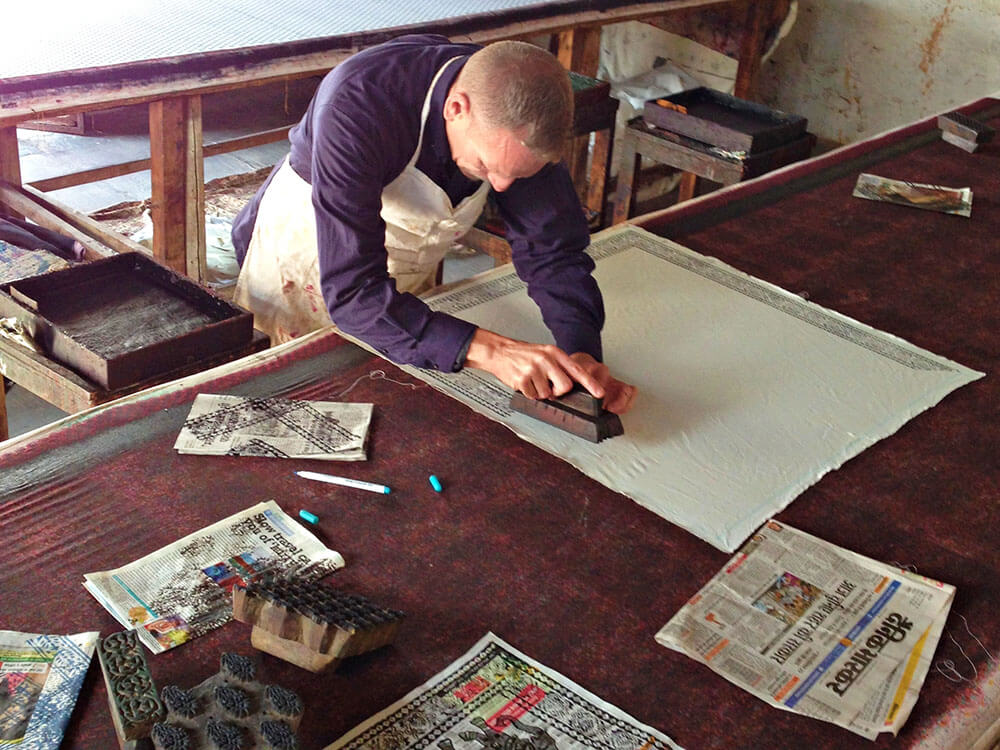
From Travel Collecting
Using Local Guides
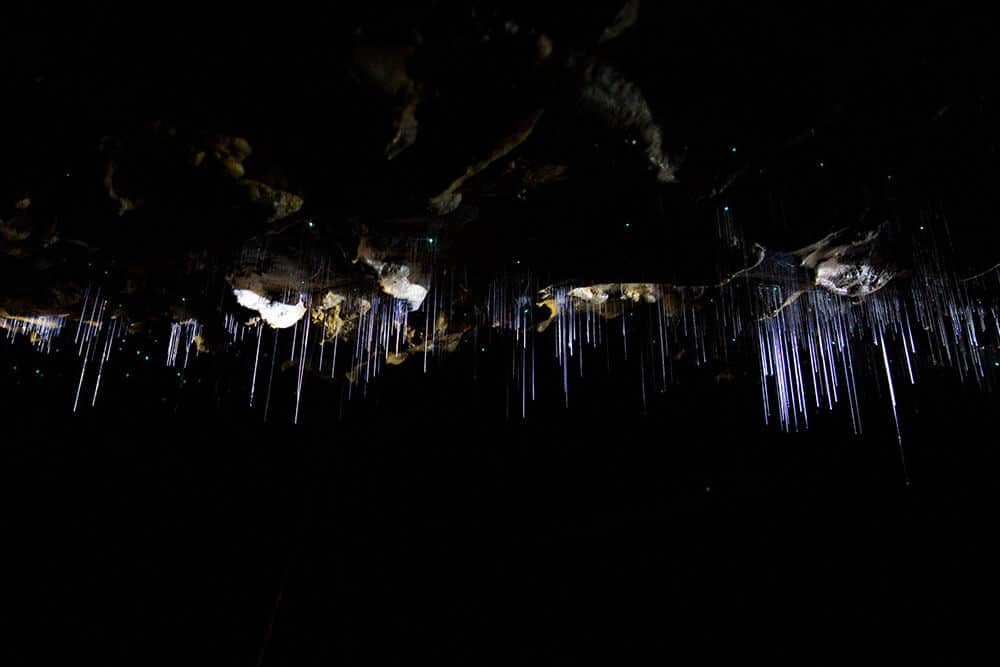
Learn more from Travel With Meraki
Choosing community-led tourism projects run by and directly benefitting local people
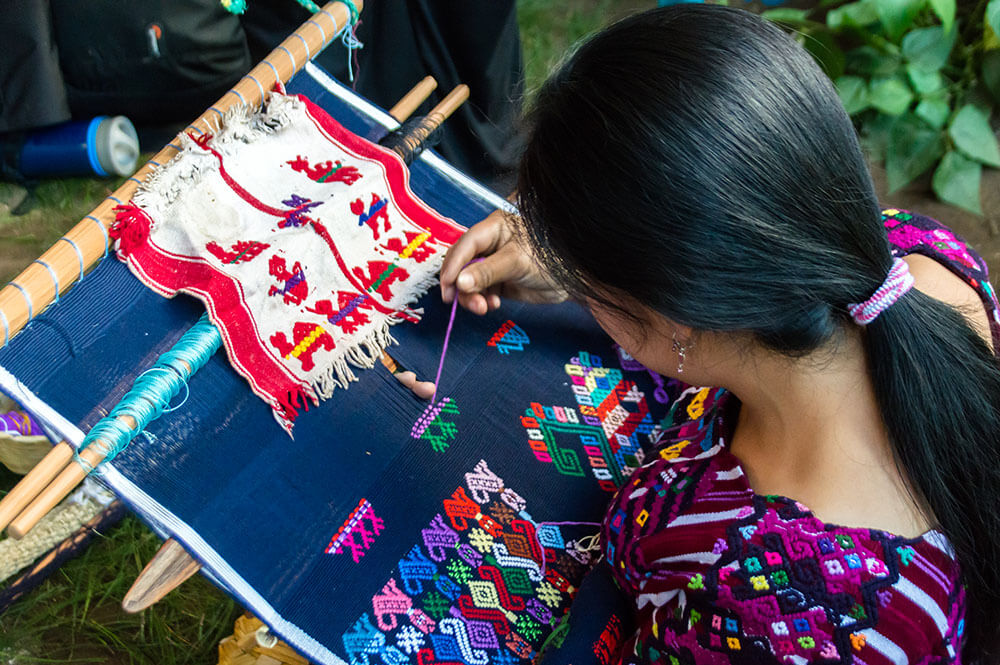
7. Protect Animals
Just as there are millions of humans in need of our help, there are also helpless animals who have next to no rights, especially in many third world countries. There is so much good that we can do to help our animal friends! Here are some ideas from my friends:
Helping Animals in the Community
Our experience of Koh Lanta Animal Welfare
After googling best things to do on Koh Lanta, it was clear to see everyone was talking about the Animal welfare centre and we weren’t disappointed. The team are fantastic and will answer any questions you have about the animals and even offer free daily tours! My favourite part of the day was being able to take some rescue puppies out for a walk, they were super cute and so well behaved (well most of the time). There’s also a cat cafe to relax in and grab a brew whilst cuddling some fury friends. What you can do to help? Koh Lanta animal welfare gives individuals the opportunity to volunteer to help look after these amazing animals. You’ll need to be hardworking but you’ll get to meet friends for life along the way and maybe even find your doggy companion. Koh Lanta Animal Welfare encourages animal adoption for both cats and dogs and don’t worry there’s plenty of furry friends to choose from. If you’re not quite that committed you can sponsor an animal starting from $27 US a month which will contribute towards food, care, and treatment. As a sponsor, you’ll revive regular updates of your chosen animal and feel good about it! Koh Lanta Animal Welfare also offer flight volunteering, whereby you reunite adopted animals with their forever families just by flying with one of their furry friends. It’s super easy as all the paperwork is arranged and will cost you nothing.”
From The Northern Boy
Fostering a little elephant in Africa
From Outside Suburbia
Volunteering with animal rescue
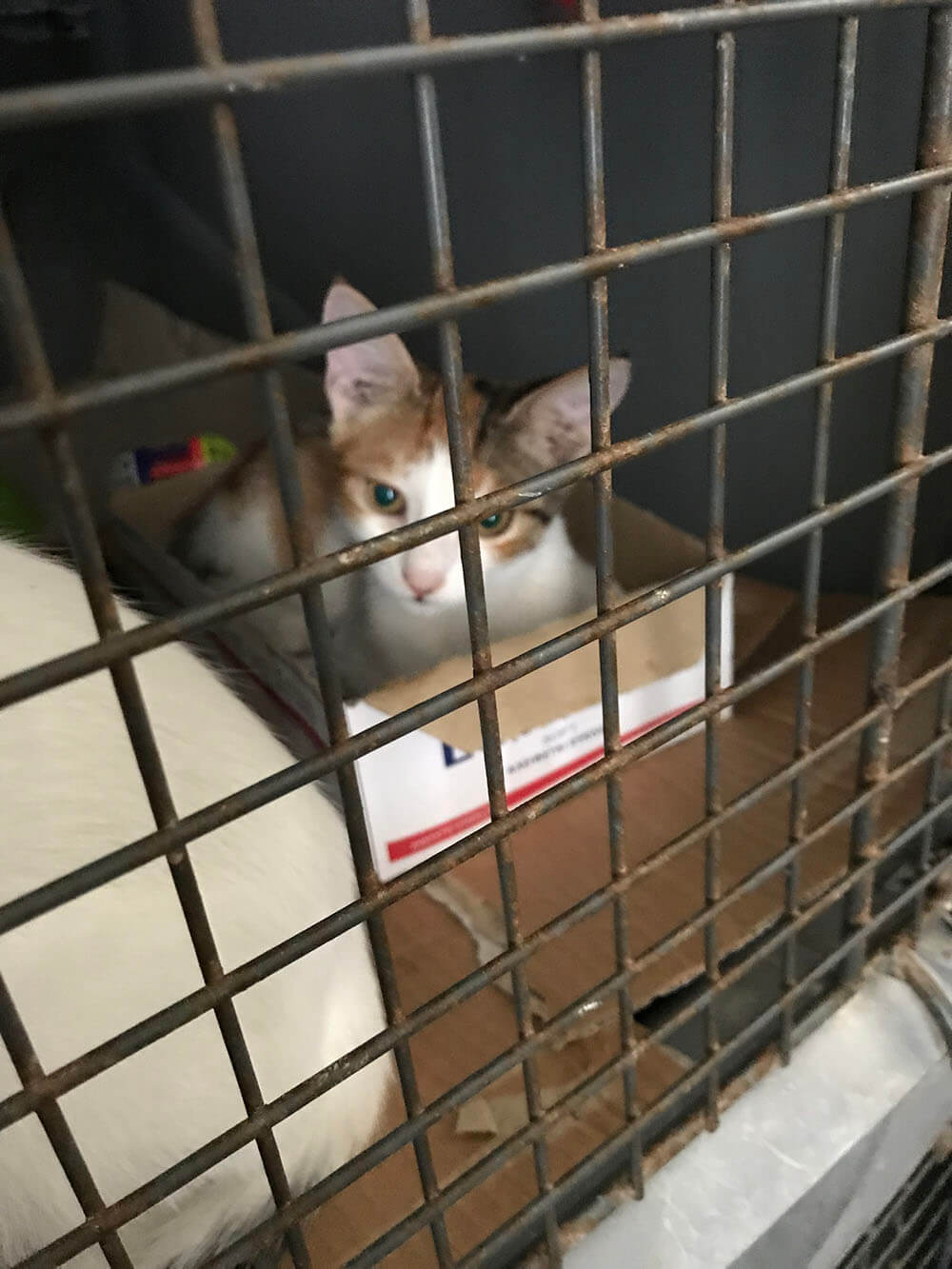
A Girl and Her Passport
8. Protect the Environment
Just as humans and animals are of top concern, without our environment neither will have a place to live in a few hundred years. It may be the most important thing we can ever do! Here are some ideas for how you can give back to the environment while traveling:
Learn more about this program here.
Picking Up Litter While Hiking
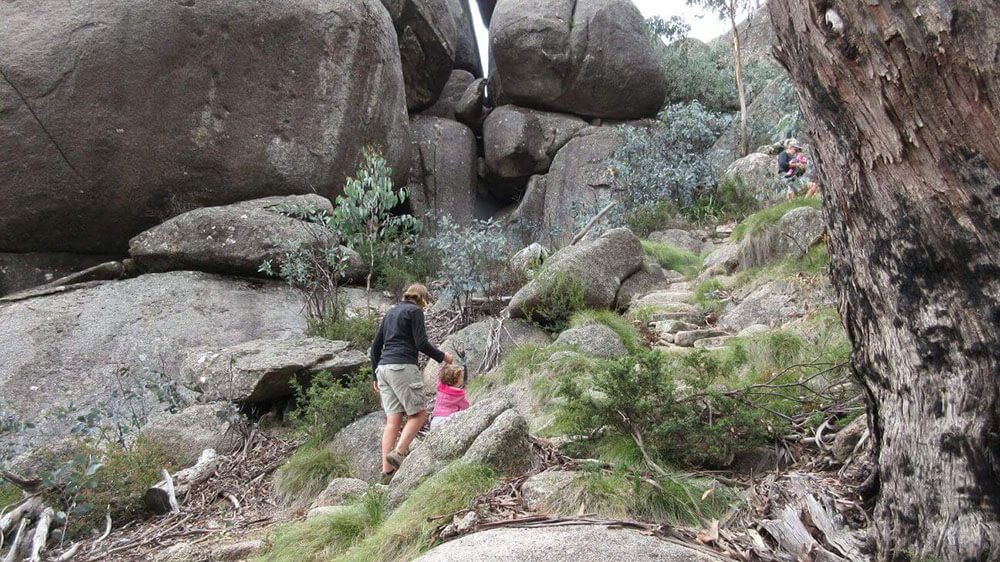
From Hill Tribe Travels
Leave the flowers and stay on the trail
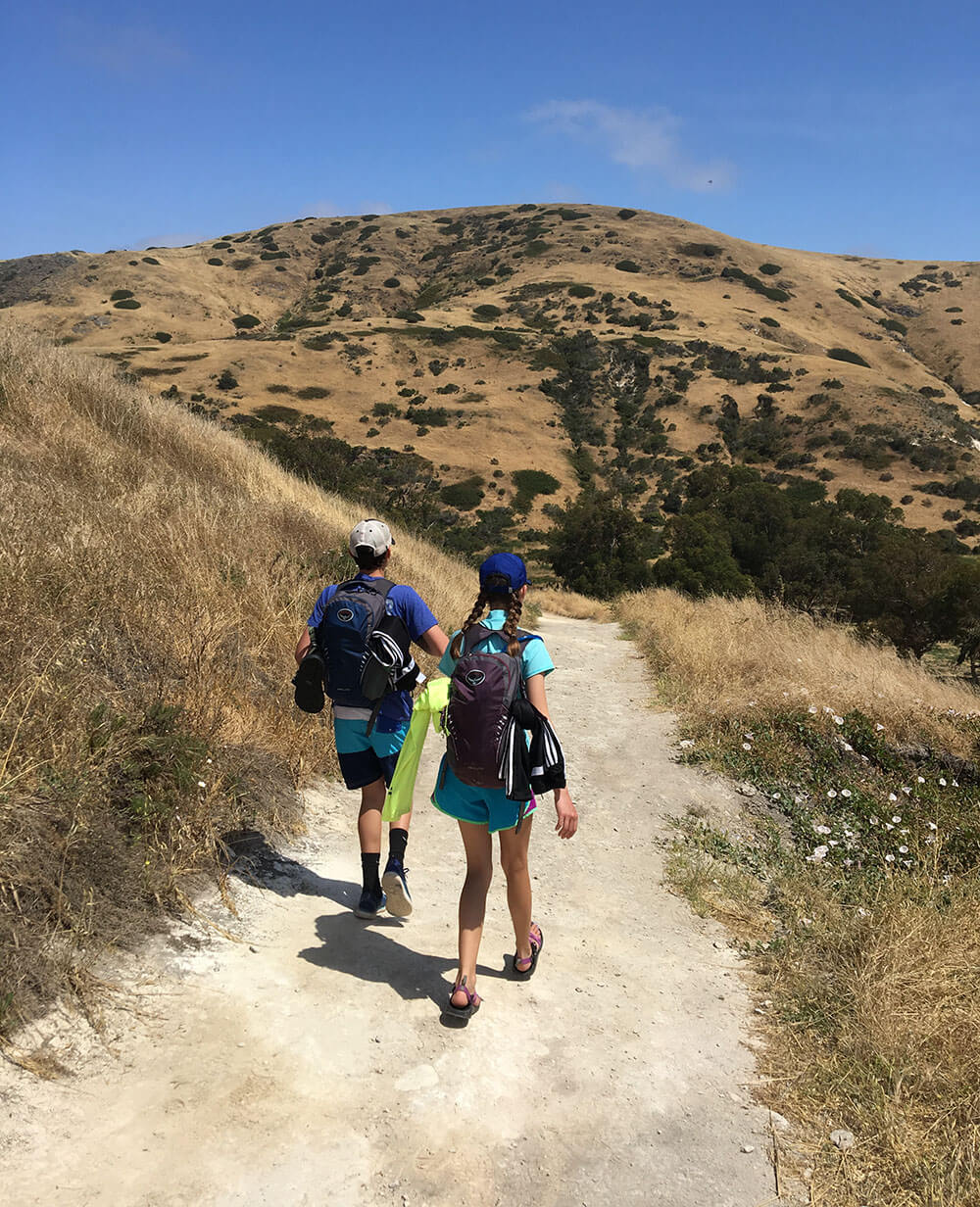
From Rad Family Travel
Cutting Down on Single-use Plastics
“I’ve been getting increasingly disillusioned when we travel with the amount of single use items that we consume – from water bottles to plastic straws. Kids, in general, are so caring and our kids are no exception. They have learnt about how plastics in our oceans are dangerous for marine life and they don’t want to be a part of that! We now travel with as many reusable items as we can. These include our own water bottles (I even have a collapsible one!) and I also have a collapsible coffee cup. We have our own metal straws and bring a few Tupperware boxes for picnics etc. I also take along a few grocery bags with us so we don’t use plastic bags in the supermarkets. It’s a work in progress – when I see a new product or have a new idea it gets added into our packing list. You can see how much we love them from how well used they are!”
From Wanderlust and Wet Wipes
Pick up litter in National Parks
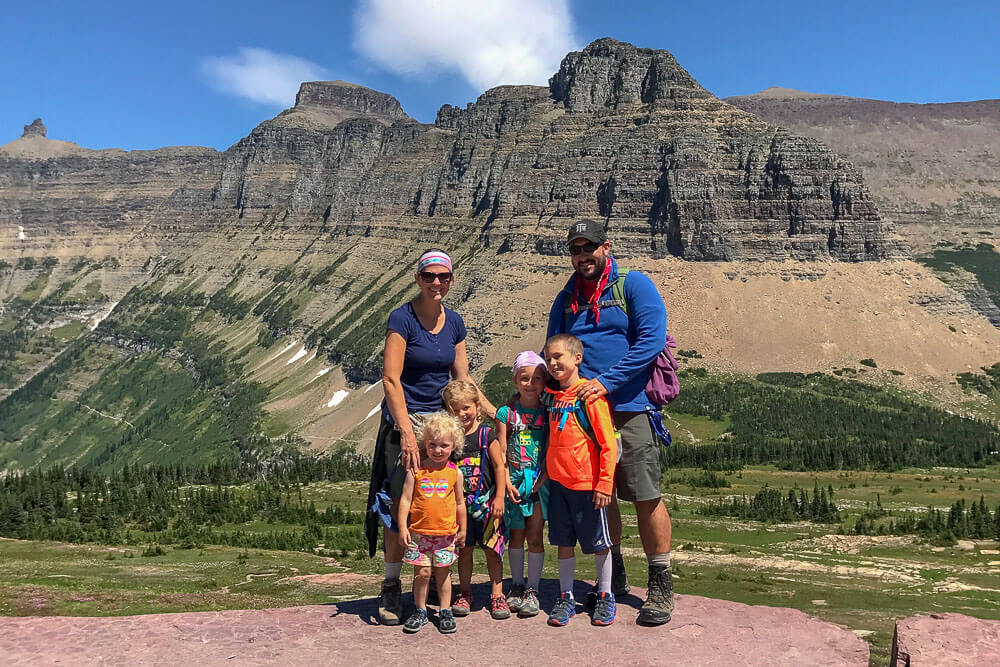
From Let’s Travel Family
Bring Your Own Reusable Water Bottle
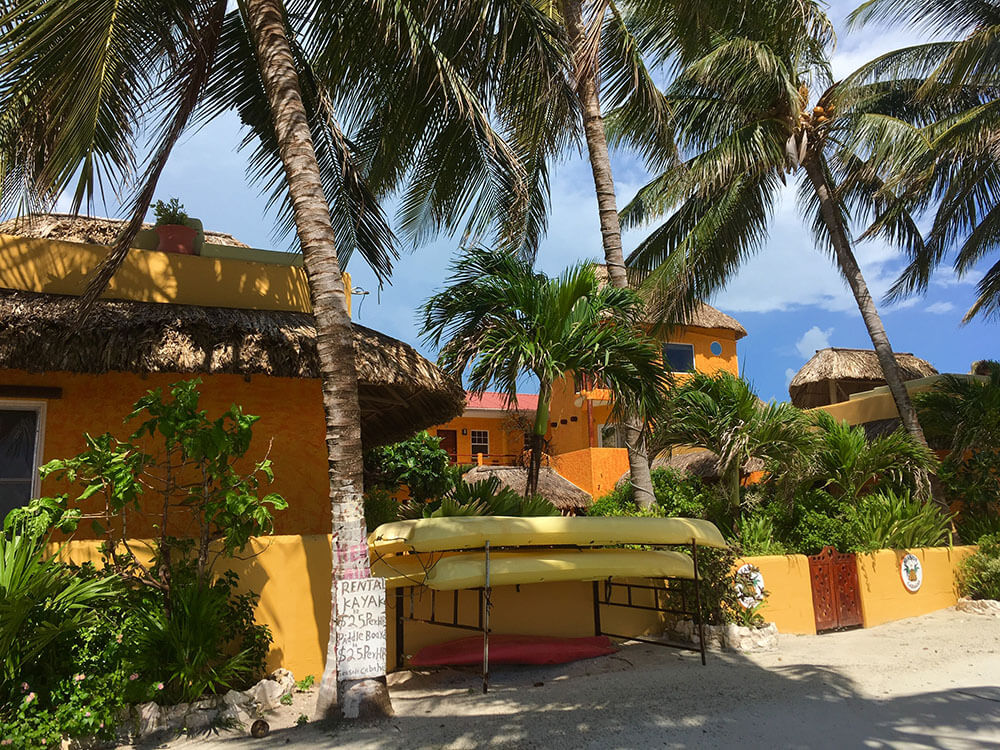
Buy carbon credits to offset flights
From Dream Big, Travel Far
Eating a Plant-Based Diet
From the Nomadic Vegan
9. Stay with Locals
It can be tempting to come to a new destination and stay at a huge resort, but by staying with a local in their home or with a local bed and breakfast or hotel you will be able to learn the culture and interact with the locals. Here are some ideas:
Stay in a Homestay
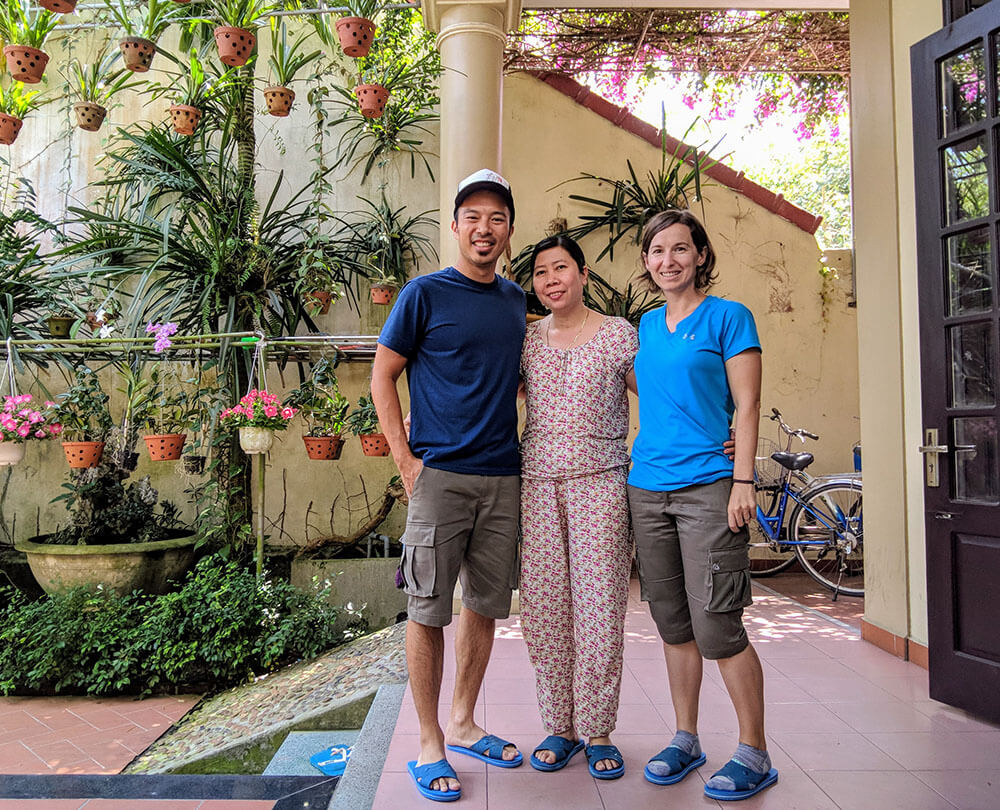
From Intentional Travelers
10. Just Keep Traveling
Despite your travel guilt, just keep traveling. Tourism drives the economy of many destinations around the world and they need our tourism dollars. Many people may put off travel in fear of terrorism or natural disasters, but it’s important to know exactly what is going on at your destination before considering canceling a trip. We shouldn’t let fear of the unknown stop us from traveling.
If you have more ideas on how to give back while traveling, I’d love to hear from you and I’d love to add your experiences to this list! Comment below.
More Interesting Ways to Give Back
I’m always impressed with the interesting ways that people give back while traveling! You don’t need to use an organization or even make complicated plans to help out. I love these ideas:
Giving to Charity after visiting
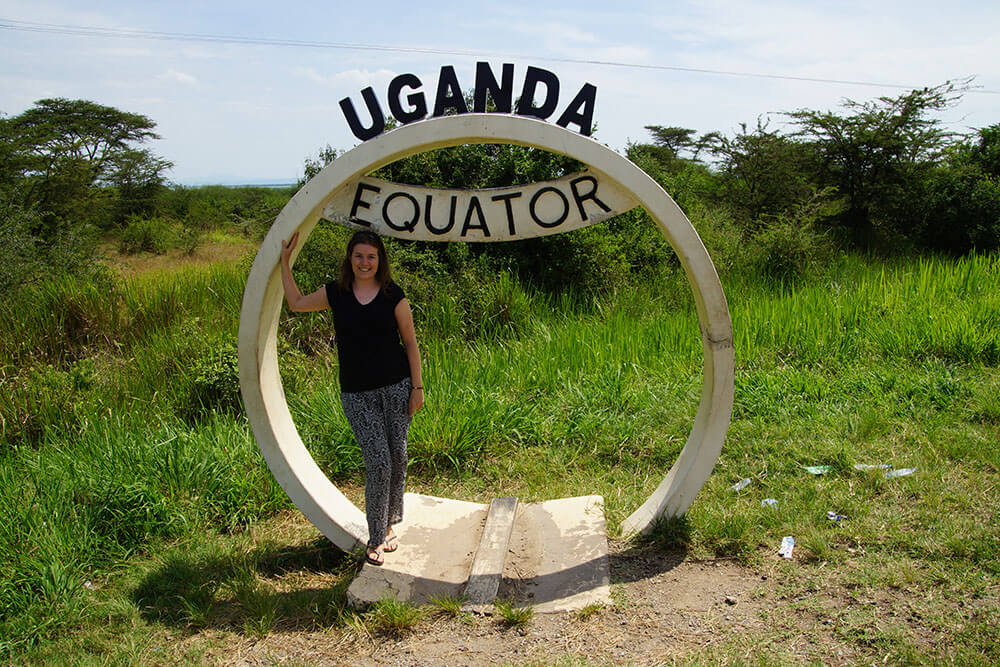
Raising rare disease awareness
“In 2010, I was diagnosed with a lung disease called lymphangioleiomyomatosis (LAM). With only a few thousand known patients worldwide, it’s exceedingly rare. When my husband and I quit our jobs to travel the world a few years ago, we knew we wanted to make LAM a part of our travels. We partnered with the LAM Foundation with the goal of strengthening the connections among the global LAM community to help advance the research and the search for a cure. During our year of travel, we met women with LAM, doctors, and leaders in the LAM community all around the world. These interactions were one of the most meaningful parts of our trip. We continue to use our travel blog and social media platforms to raise awareness.”
From Travel Breathe Repeat
Created an anti-plastic Facebook group

From Eco Conscious Traveler
Advice and playtesting with locals
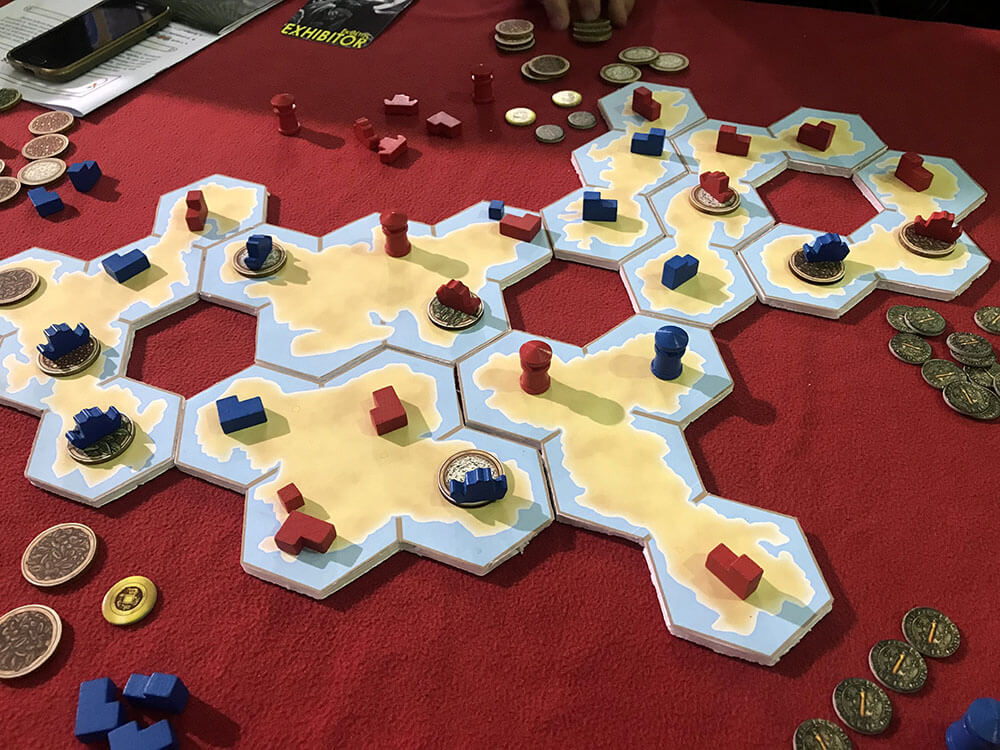
From Worthy Go
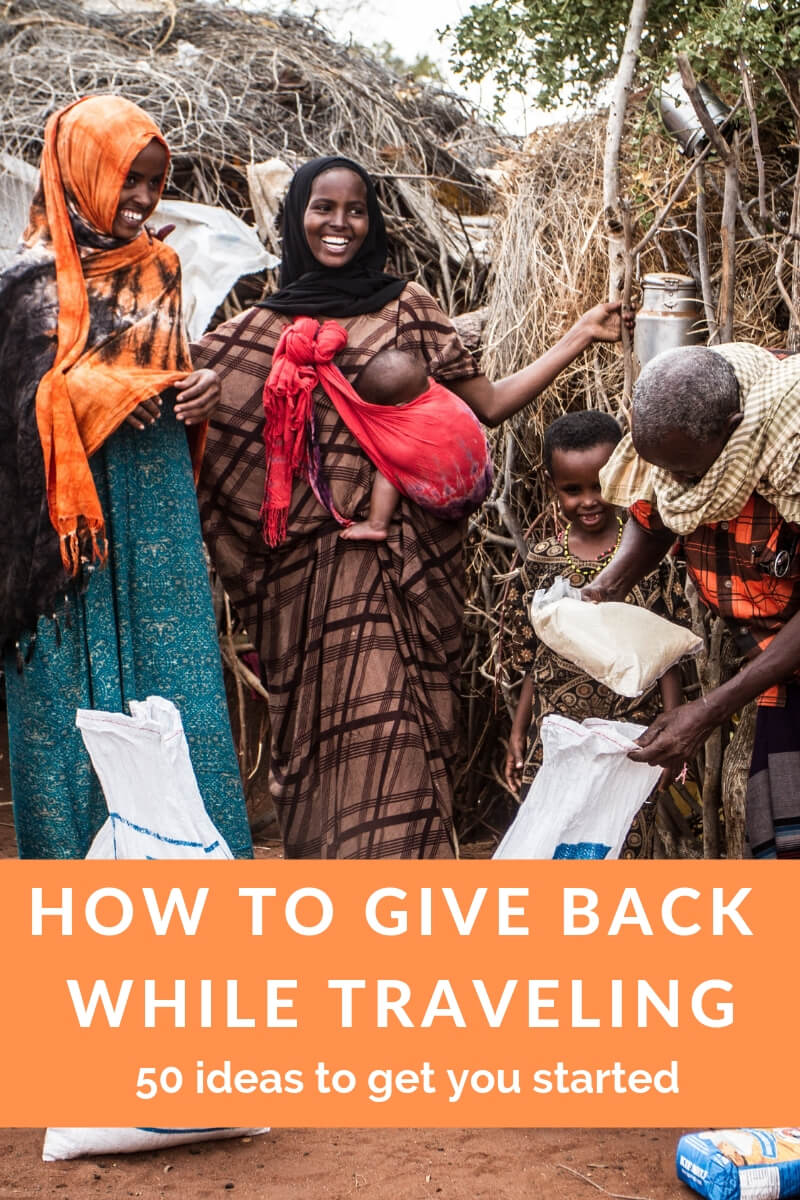

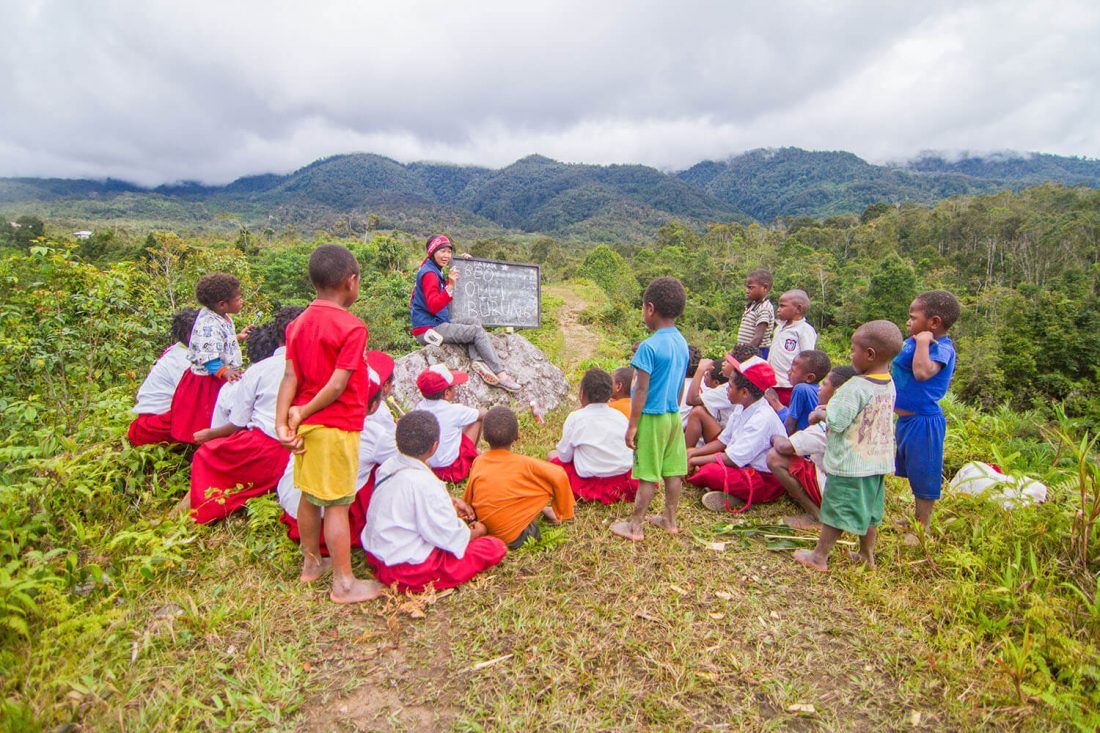
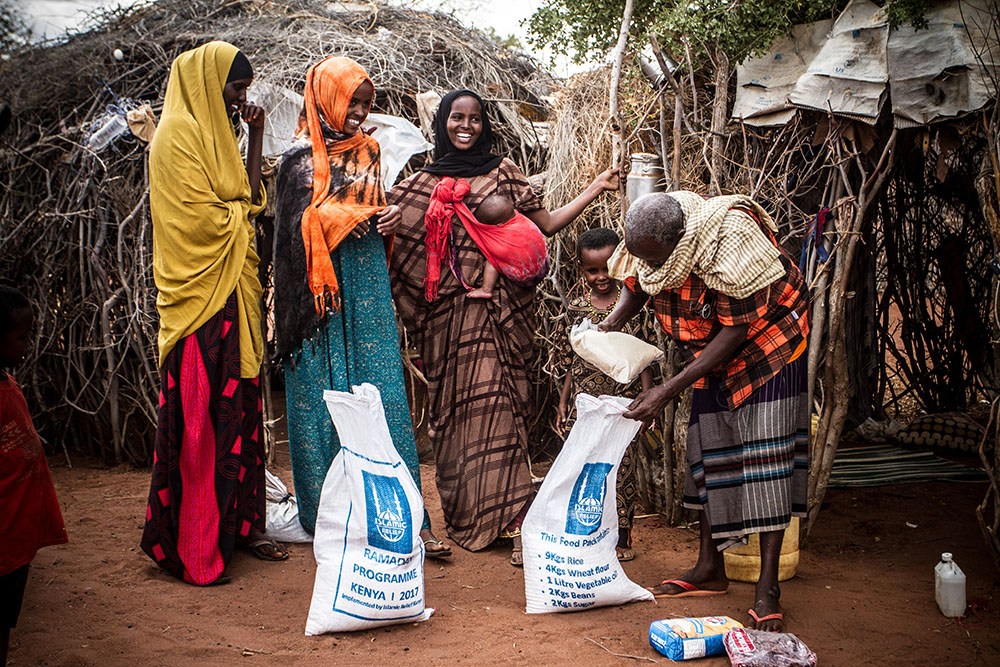
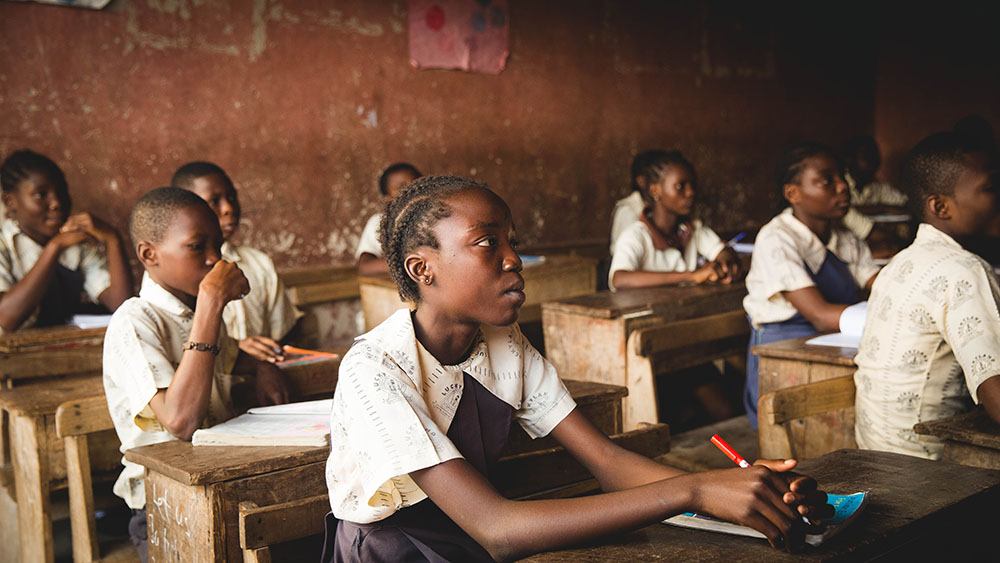
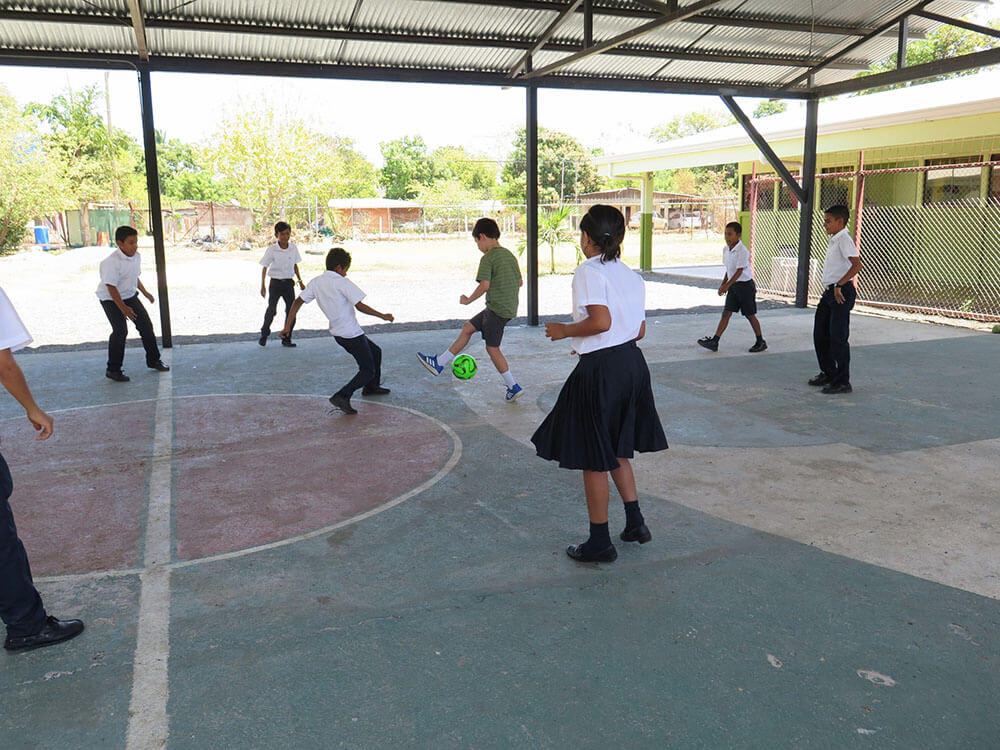
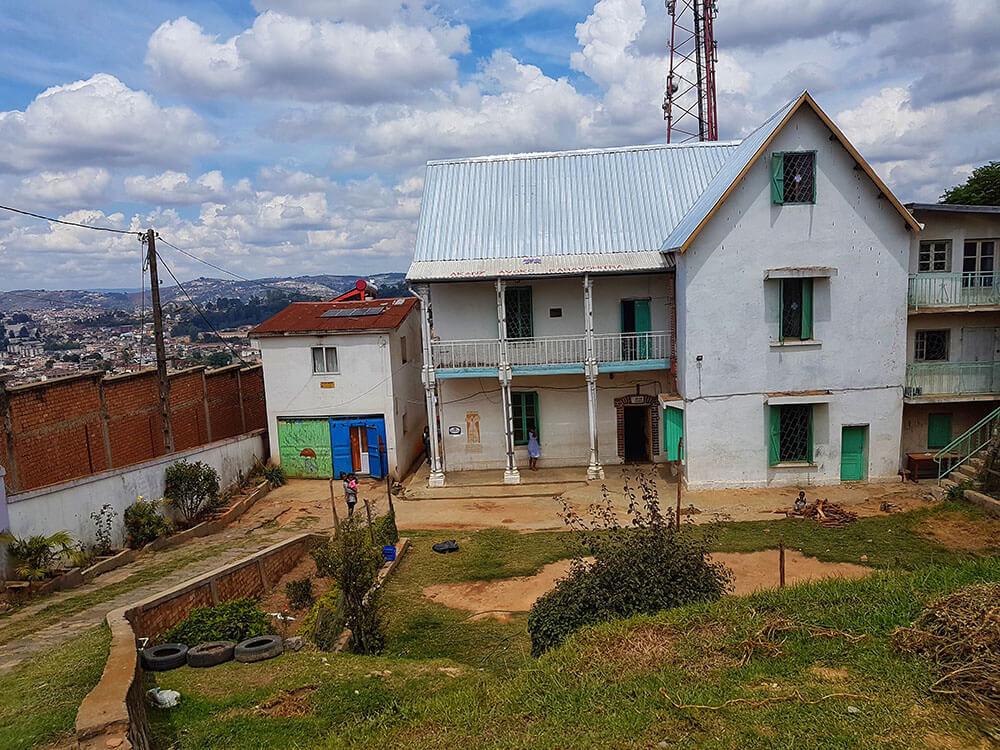
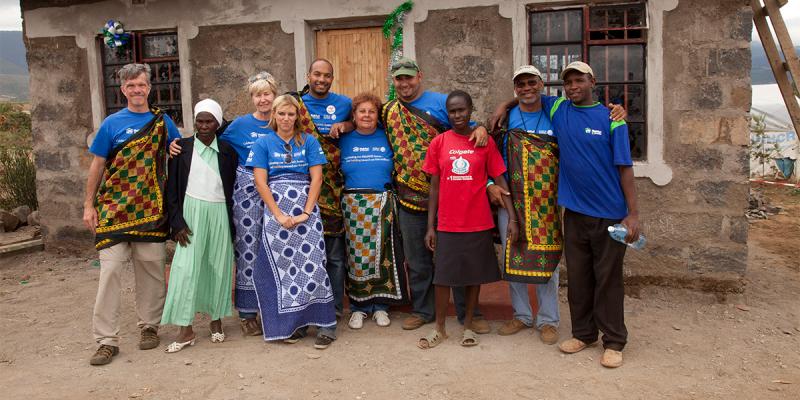
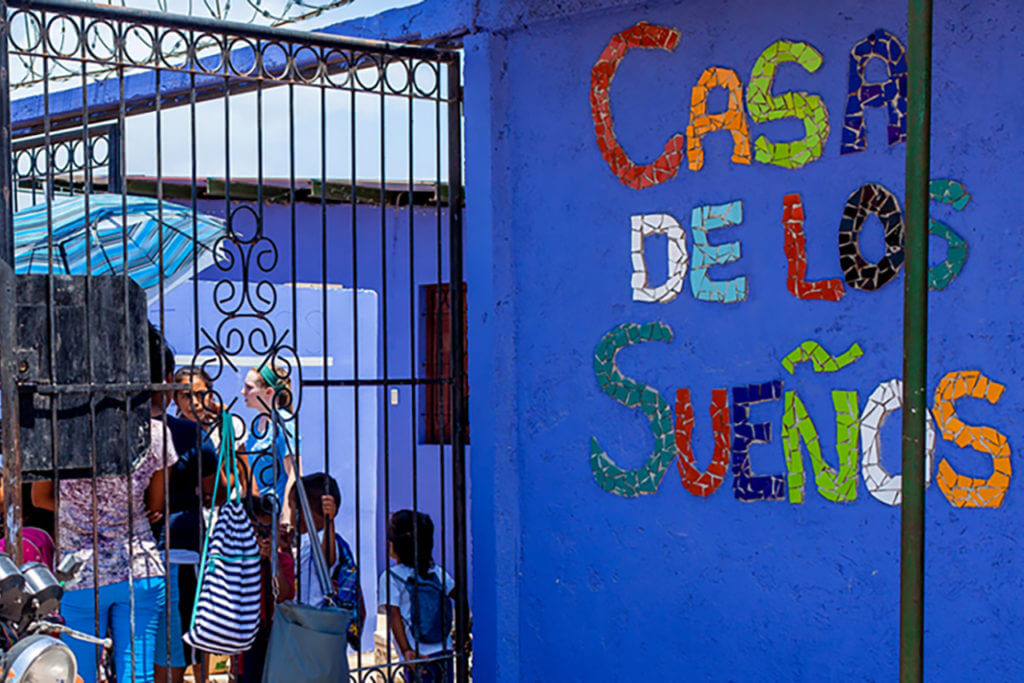
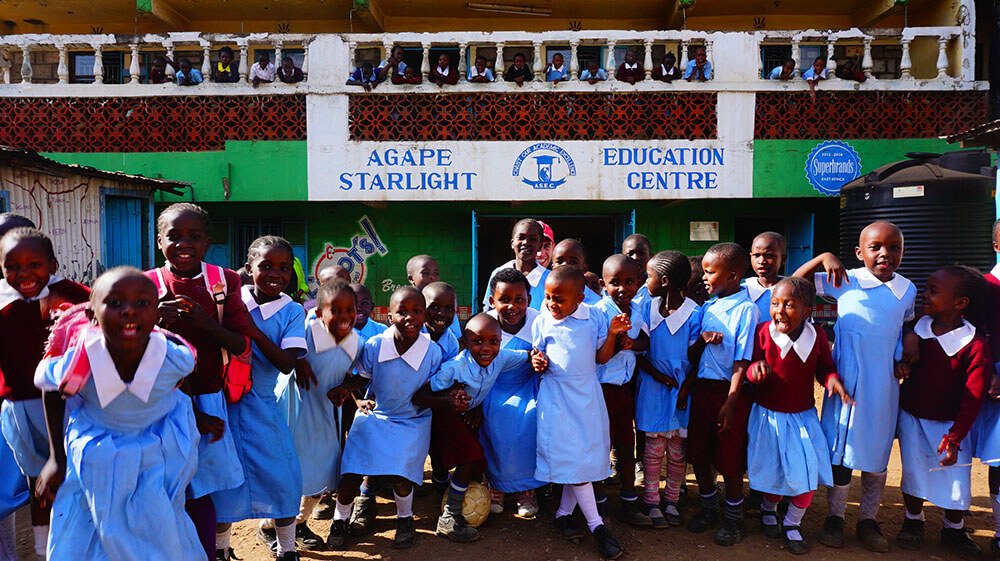
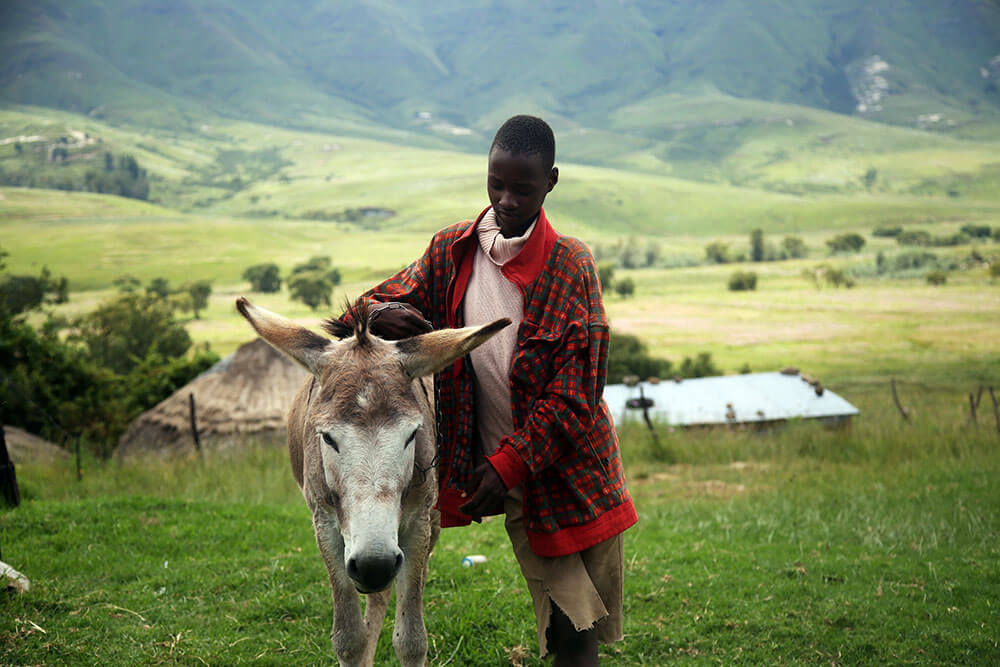
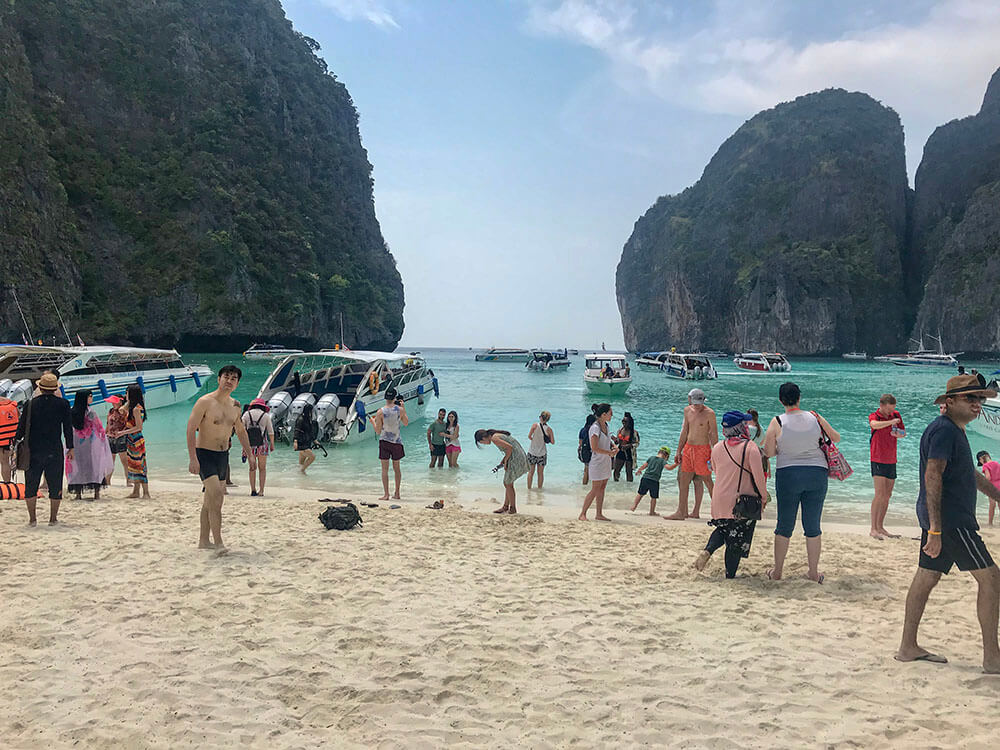

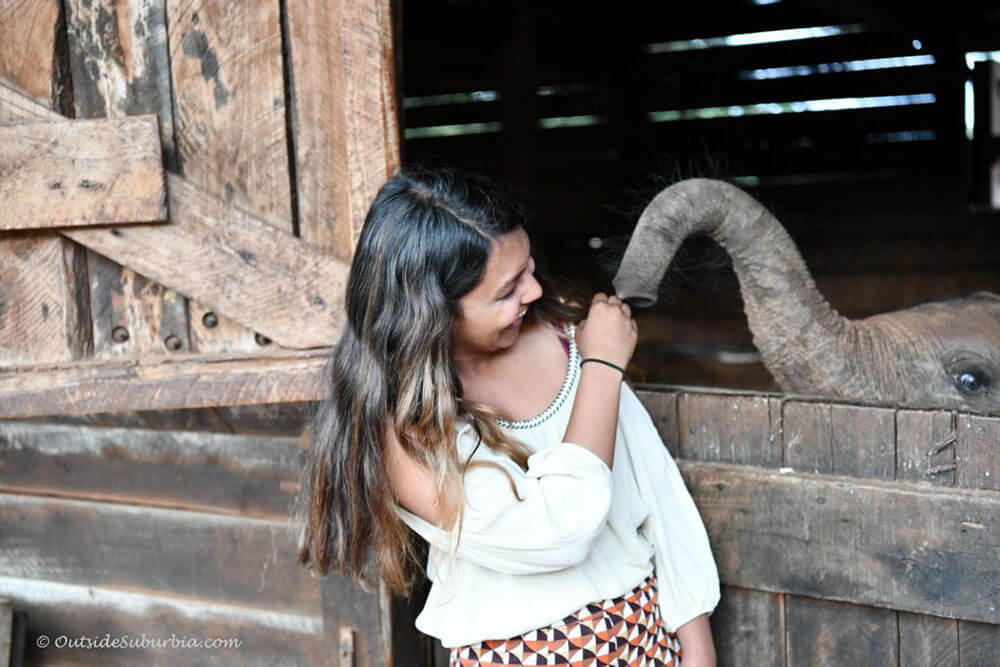
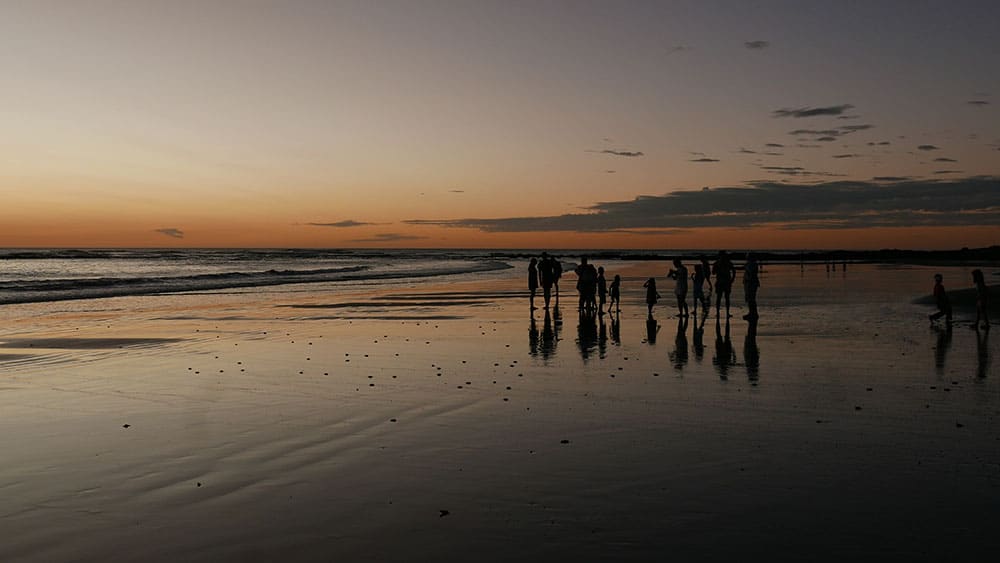
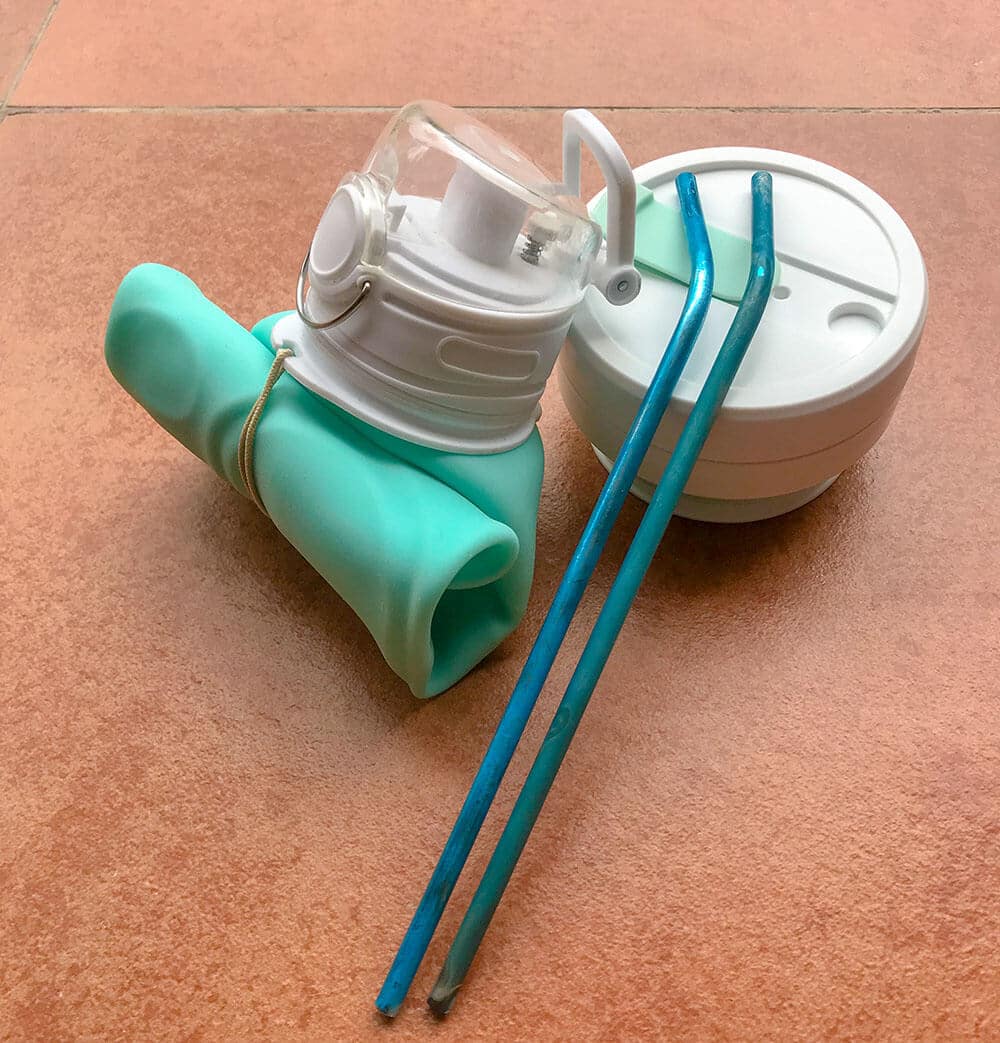
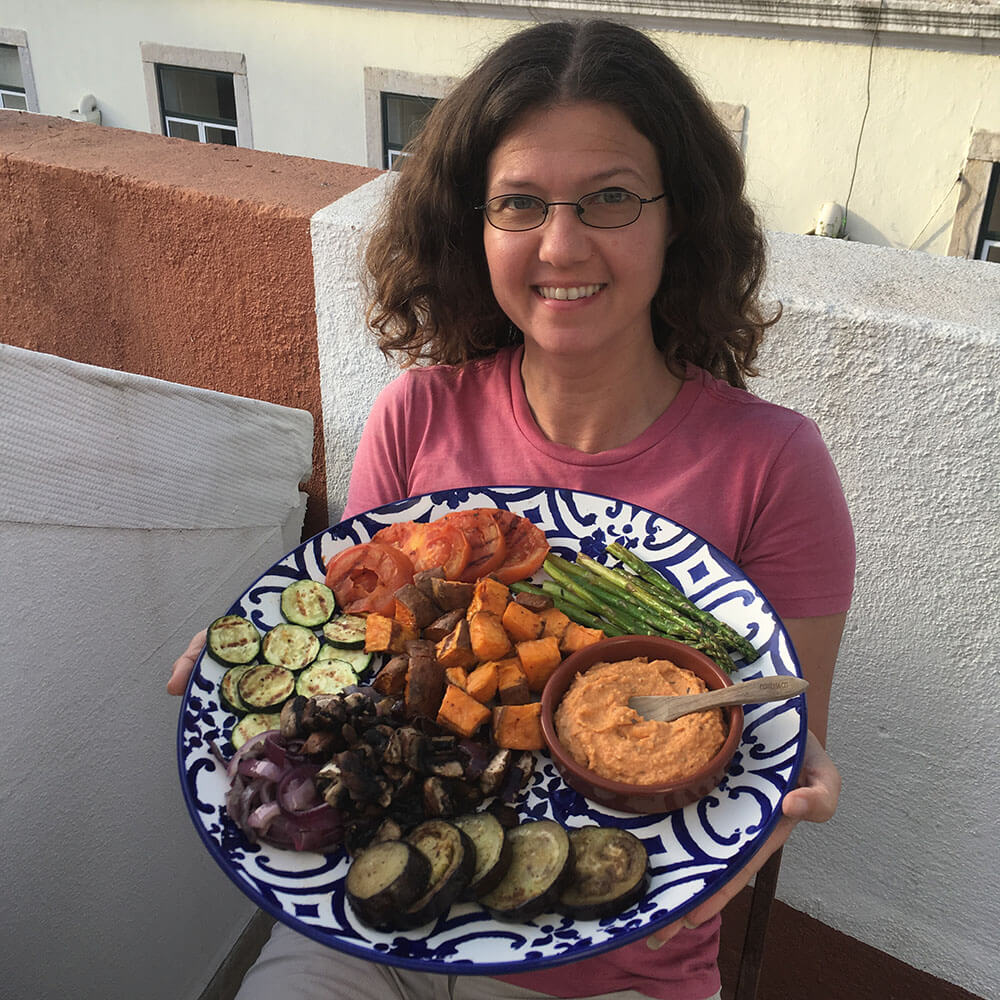
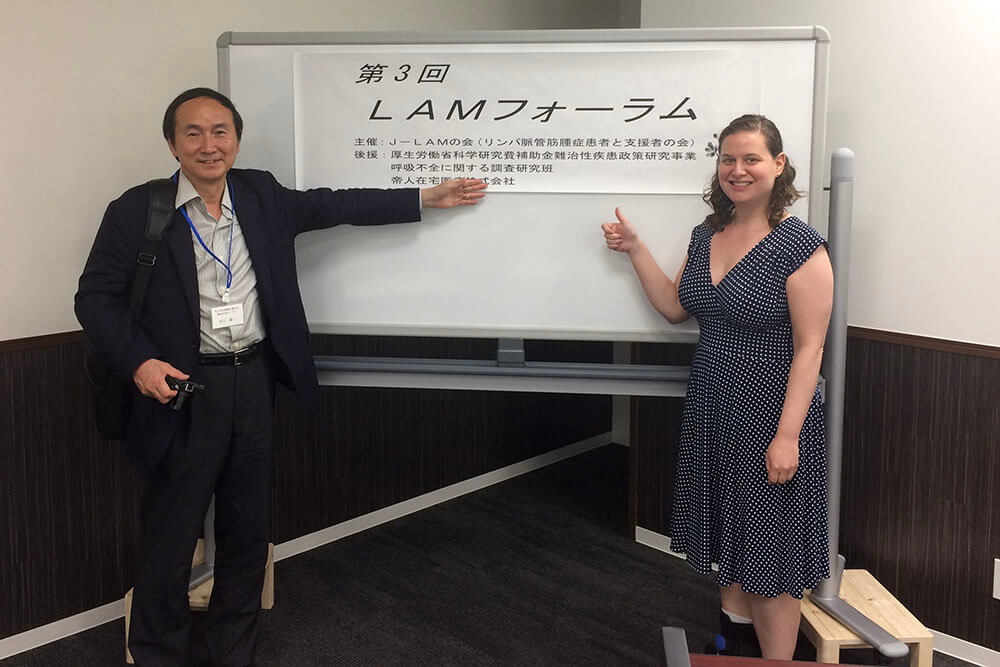
This is an amazing article as there are so many great ideas how we can give back while travelling!
Thanks so much! Yes so many amazing small things we can do for a big impact all together!
That is awesome list! I always try to clean beaches and parks whenever I travel. I also use my own bags so I don’t need to get plastic bags. And I always try to stay with locals, never hotels. I hope more people will consider these kind of activities. Thank you for sharing!
That is so wonderful Zaneta! I agree there are so many small things that we can all do to help communities and our planet! Thanks so much for sharing! Do you mind if I add bring your own grocery bags to the post?